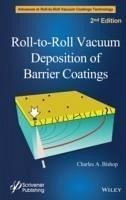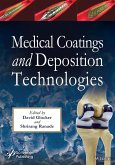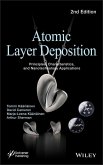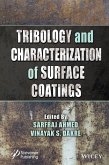It is intended that the book will be a practical guide to provide any reader with the basic information to help them understand what is necessary in order to produce a good barrier coated web or to improve the quality of any existing barrier product. After providing an introduction, where the terminology is outlined and some of the science is given (keeping the mathematics to a minimum), including barrier testing methods, the vacuum deposition process will be described. In theory a thin layer of metal or glass-like material should be enough to convert any polymer film into a perfect barrier material. The reality is that all barrier coatings have their performance limited by the defects in the coating. This book looks at the whole process from the source materials through to the post deposition handling of the coated material. This holistic view of the vacuum coating process provides a description of the common sources of defects and includes the possible methods of limiting the defects. This enables readers to decide where their development efforts and money can best be used to improve the barrier performance of their own process or materials. The 2nd edition contains at least 20% new material including additional barrier testing techniques that have been developed and testing and cleaning equipment brought to market since the 1st edition was published in 2010. The topic of adhesion is covered in more detail and there is a section on the Hanson Solubility Parameter which is a method of predicting the solubility of gases or liquids in materials.
Dieser Download kann aus rechtlichen Gründen nur mit Rechnungsadresse in A, B, BG, CY, CZ, D, DK, EW, E, FIN, F, GR, HR, H, IRL, I, LT, L, LR, M, NL, PL, P, R, S, SLO, SK ausgeliefert werden.









